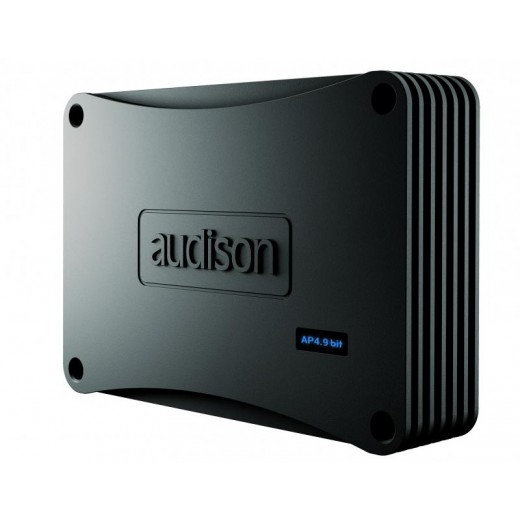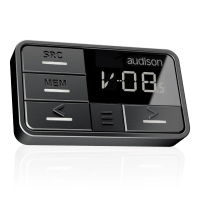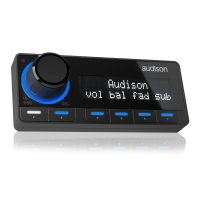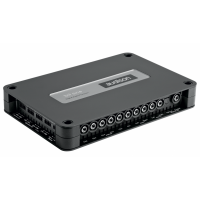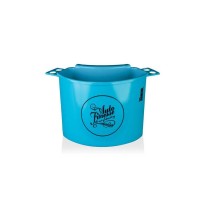Amplifier Audison AP 4.9 bit
4-channel amplifier with DSP processor, 4 x 70 / 2 x 260 into 4 Ω / 4 x 130 W RMS into 2 Ω
More about the product
More about the product
Audison AP 4.9 bit amplifier with built-in DSP processor
The Audison AP 4.9 bit is a 4-channel amplifier with a built-in 9-channel DSP processor. AP 4.9 bit is ideal for realizing a powerful fully active 2-band system. The built-in DSP processor that this amplifier shares with the AP 8.9 bit provides the ability to assign pre-outputs to the AP1 D amplifier. Other features of the amplifier include "Full Digital Audio" - pure digital signal transmission with a resolution of up to 24 bit / 48 kHz and automatic tuning using Audison bit Tune and communication with the bit portal Drive. To speed up overall installation time with safety and reliability in mind, Audison's R&D team equipped the AP amplifiers with DCC ("Direct Current Cockpit"), an innovative control circuit that monitors current consumption in real time. This solution provides the possibility to connect the amplifier directly without draining the battery.| Catalog number | AP 4.9 BIT |
| Brand | Audison |
| Links | Official web presentation (English) |
Product comments
Evaluation
Product assembly
ask us
